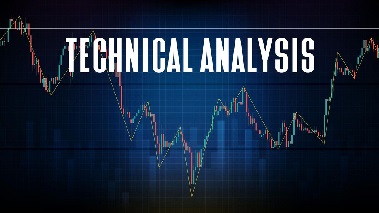
Introduction of Technical Analysis
Technical analysis is a way to guess how prices will move in the future by looking at past prices and trade volume. Fundamental analysis looks at an asset's true value by considering its economic, financial, and qualitative aspects. Technical analysis, on the other hand, only looks at price and number data.
Some important parts of technical analysis are these:
Price Charts:
Technical analysts primarily use price charts to visualize historical price movements. Common types of charts include line charts, bar charts, and candlestick charts.Indicators:
Indicators are mathematical calculations applied to price and volume data to provide insights into market trends and potential price reversals. Examples include moving averages, relative strength index (RSI), stochastic oscillators, and moving average convergence divergence (MACD).Support and Resistance Levels:
Technical analysts identify levels where the price of an asset has historically reversed direction. Support levels are where buying interest is sufficiently strong to overcome selling pressure, while resistance levels are where selling interest is strong enough to overcome buying pressure.Trend Analysis:
Technical analysts analyze the direction and strength of price movements to determine the prevailing trend. Trends can be upward (bullish), downward (bearish), or sideways (neutral).Chart Patterns:
Chart patterns are formations that appear on price charts and are believed to signal potential future price movements. Common chart patterns include triangles, flags, head and shoulders, and double tops/bottoms.Volume Analysis:
Volume is the number of shares or contracts traded in a security during a given period. Technical analysts use volume to confirm the strength of a trend or identify potential trend reversals.Timeframes:
Technical analysis can be applied to various timeframes, from intraday charts to long-term charts. Short-term traders may focus on hourly or daily charts, while long-term investors may use weekly or monthly charts.
Overall, technical analysis is based on the premise that historical price movements repeat themselves, and patterns and trends observed in the past can provide insights into future price behavior. However, it's important to note that technical analysis is not foolproof and is subject to interpretation, leading to differing opinions among traders and analysts.










Post Comment